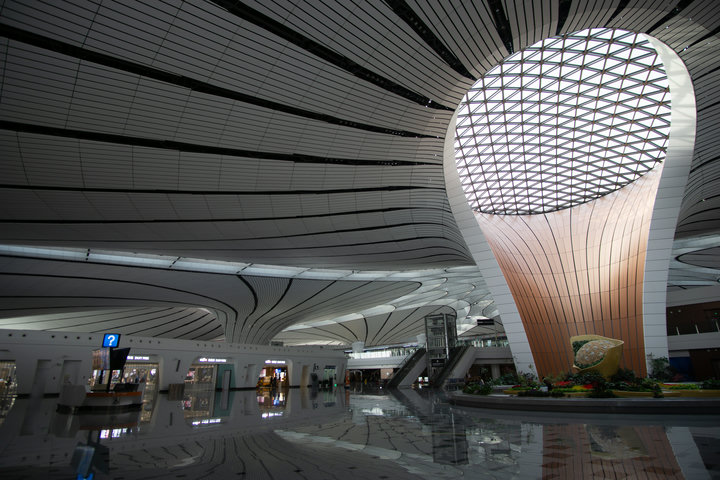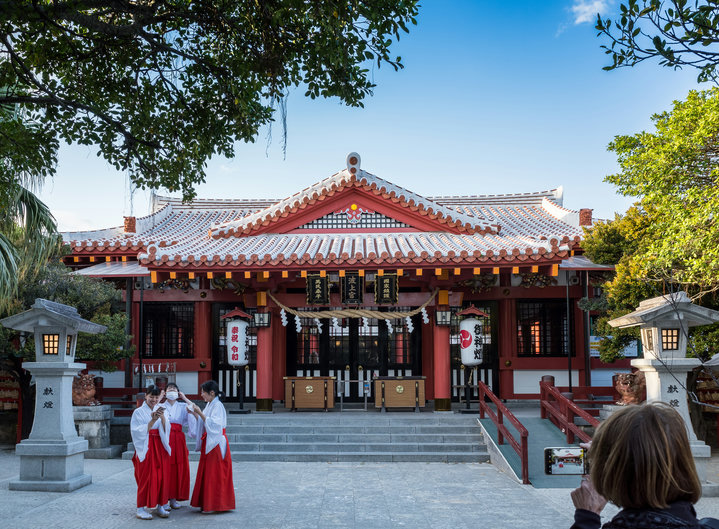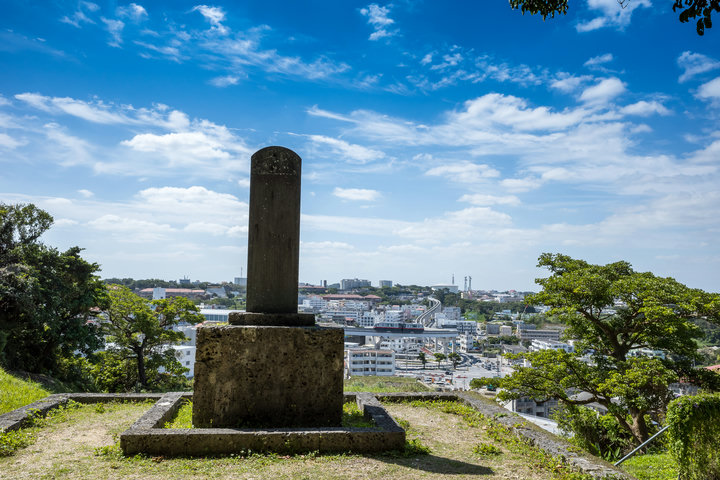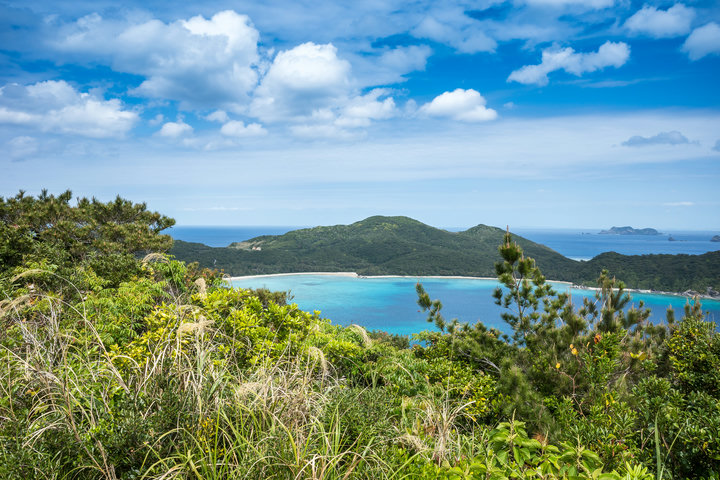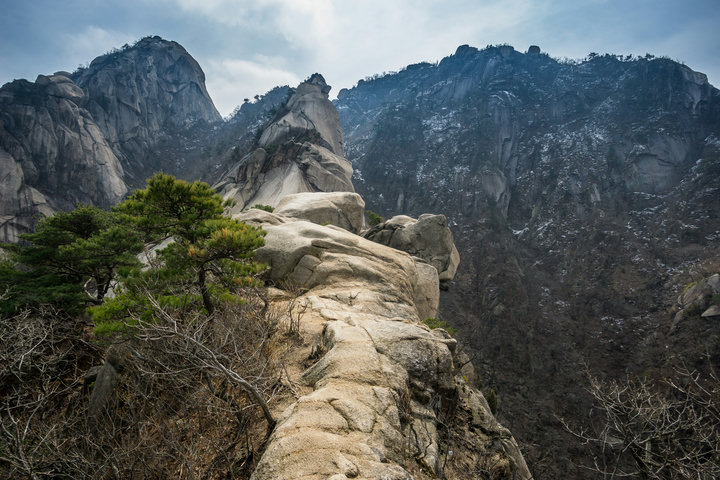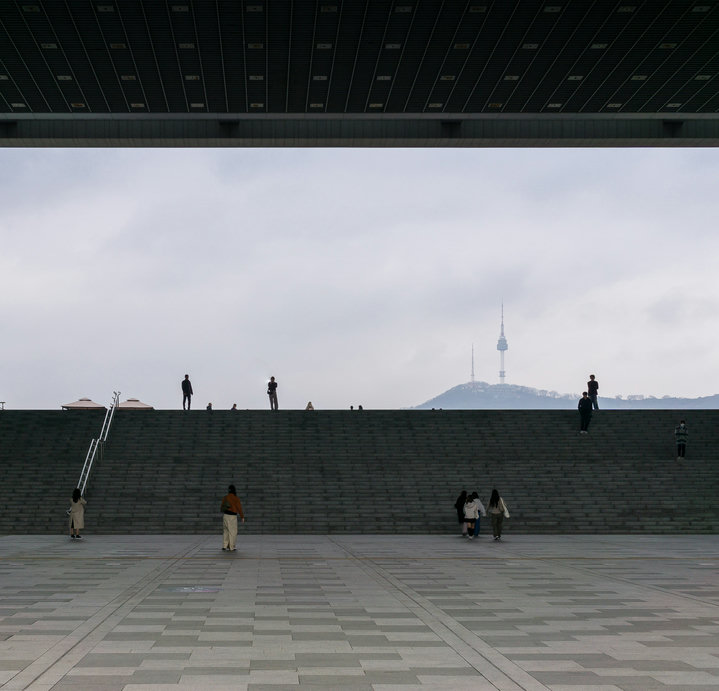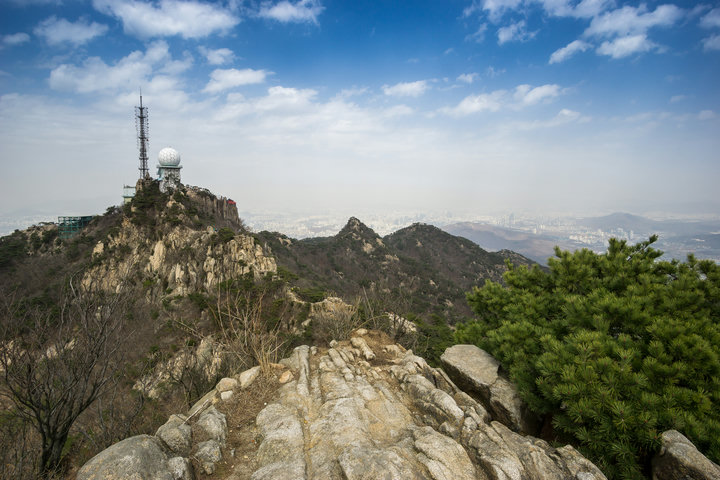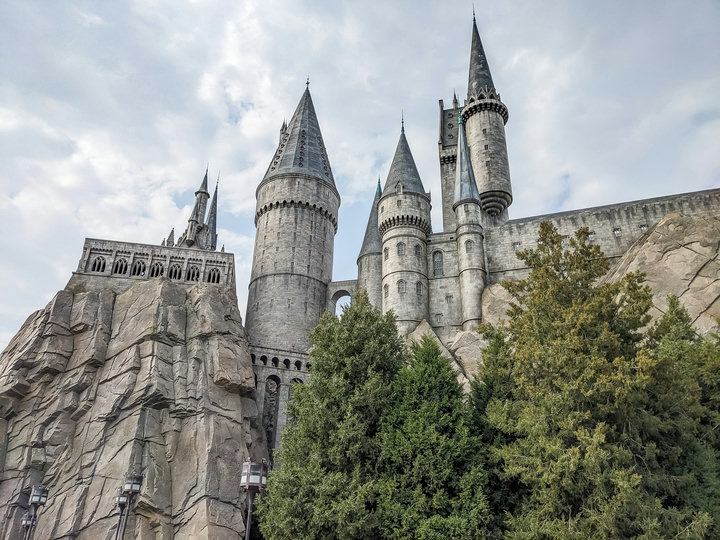Day six - nine
After exploring the islands yesterday, it was time for a bit of relaxing. The weather wasn't super great, and I had some sleep to catch up to, so I took it easy and just wandered around a bit through the city.


The next day, it was time to dive deeper into the history of Okinawa. It was the last island that had to be conquered by the Americans to reach the mainland of Japan in World War Two.
There are a few museums on the island that are dedicated to this battle for Okinawa, and I started with the main one, the "Okinawa Prefectural Peace Memorial Museum." It's the site of the main memorial, where you can find the names of all the people who fell during the battle inscribed on large stones.

The museum exhibition shows the progress of the battle and has a library with literature if you want to know more.

It took about an hour by bus to get to the museum, with one transfer. After visiting the exhibition, I took another bus to the next museum, which had a much more significant impact.
I only noticed this museum when browsing Google Maps in search for the Peace Memorial Museum, and I went without any knowledge of what it was about.
It was just after noon when I arrived and had some delicious lunch across from the museum.

This museum is called the "Himeyuri Peace Museum" and is dedicated to the 222 school girls who were recruited by the Japanese army to perform Nurse duties during the battle.
The museum describes life leading up to the war when the girls were still in one of two schools, the "First Girl's High School" and the " Okinawa Shihan Women's School." School life slowly changed from learning to helping out with food production and training to be a nurse.
A week before the invasion of the island, they were mobilized and falsely told that they would serve in Red Cross hospitals behind the front line. In reality, they were deployed to front-line caves under constant bombardment.
It's important to note that these girls were 14-19 years old, and they went from being in class to assisting in amputations, holding the to-be amputated limbs during the procedure (without any anesthesia). They were also responsible for food, which had to be cooked outside under constant artillery fire, and burying the dead, which soon began to grow in numbers.
When the front line reached the caves, they moved south into several smaller caves, leaving much of the equipment, medicine, and anyone not able to walk behind (including some of the girls who were wounded). Some of those left behind were given a poisonous cocktail because the military feared they would spill secrets to the enemy.
Things did not get better from there on; it was mainly a fight for survival in the caves. After three months of fighting, the unit was dissolved, and since the girls were now civilians, they were kicked out of the caves, as they were military only. (Though some say it was more out of compassion, as staying in the caves would also mean certain death).
Without the protection of the caves, many girls died trying to find safe places to hide; out of the 222 girls, 136 did not make it out of the battle. Some were killed by white phosphorus grenades, thrown into caves by the Americans, and others by artillery fire. Some committed suicide, motivated by the stories the Japanese armies told of what would happen to the people of Okinawa who would surrender to the Americans.
At the end of the museum is a large dark room with rows of books filled with testimonies from the girls who survived. A small section was translated into English. The walls were covered with portraits of everyone that did not survive, with a picture and inscriptions such as:
"This is xxx; she was known for her bright smile and positive attitude amongst friends. She was killed by a white phosphorus grenade at the entrance of the surgical cave."
I read a few of the plaques and headed for the exit.
The museum is built at the entrance to the cave where most of the girls died; you can put some flowers on the ridge at the mouth of the cave.
It was around dinner time, and I took a bus back to Nara for some delicious noodles.

The next day, the stories that I read kept occupying my mind, and I noticed there was a museum at the caves before the move down south, so I took a bus and decided to check it out.

At the cave system, there was a museum that depicted life inside the cave, including a mockup you could explore.
After the museum, I headed up the hill and found a booth where you could sign up for a tour of the cave with a guide. There was no one other than me, so I got a private tour, where the guide explained how the caves were used and the path the girls had to take to make food for the patients.


It was only then that I started to connect the text from the museum from the day before to reality. This was not a fancy hospital but a straight, low, humid tunnel filled with bunk beds and only lit by a few candles.
After emerging from the other end and having a little chat with the tour guide, I headed south again, now fully invested in this whole ordeal, and I wanted to read all the testimonies and all the plaques on the wall. This time placing flowers at the memorial, which I should have done yesterday.

From the museum, I walked south to the other two caves where the girls were located. These are open to the public, and you can enter if you dare.


I only made it a few meters in before it became pitch black, and I imagined being here in the conditions described in the testimonies.

The final spot was about a thirty-minute walk to the coast, where plenty of people surfed in a beautiful sunset.



I took a wrong turn and soon found myself neck-deep in the woods, following a ribbon that didn't go anywhere (or rather, the vegetation and rocks were too dense for me to continue).


If only I had walked literally 5 meters further, I'd have seen the "correct" path to the cliffs above the ocean.
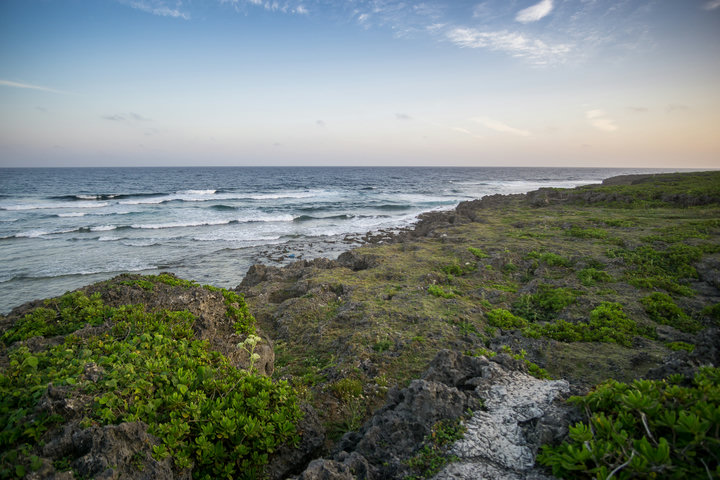
About a hundred meters along, there was a rock with a plaque marking the spot where a teacher and several girls were resting when a Japanese soldier skidded down and told them he had just thrown a grenade at some Americans.

A few moments later, the Americans took a shot at the group; one girl and the soldier got hit, and the teacher and a few other girls fled into a cave, where they committed suicide with a grenade. Only one girl survived because the soldier who was shot fell onto her.



There was no one there, just a small memorial, silence, and a beautiful sunset, and in the distance, I could see a whale emerging from the ocean, blowing a cloud of mist.

It started to get dark, and I walked about an hour to the first bus stop, where I was just in time for the last bus of the day to go back to Nara.


The next day, it was time to leave Okinawa, back to Seoul.

--
You can view the movie they showed at the museum
And you can find a video explainer of the Himeyuri


